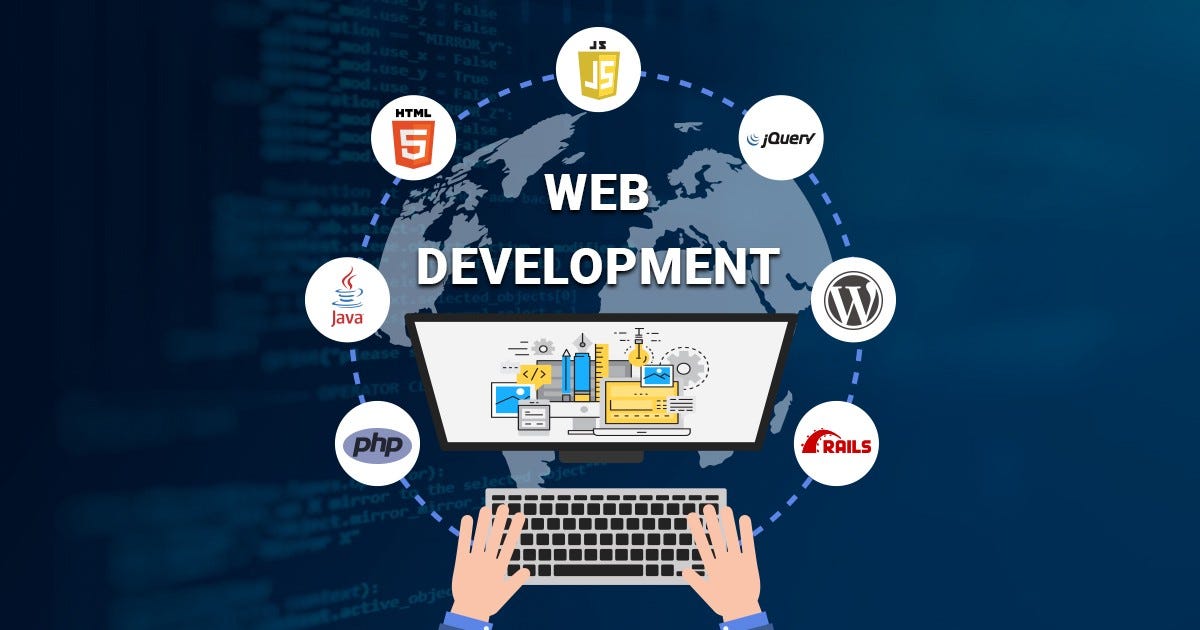The world of technology is ever-evolving, and as the demand for digital solutions increases, so does the need for robust and user-friendly web applications. Web app development stands at the forefront of this digital revolution. If you’re a beginner aiming to step into this realm or just someone curious about how web applications come to life, this article is for you.
Understanding Web App Development
Web app development refers to creating applications that run on a web server. Unlike traditional desktop applications installed on a user’s computer, web apps operate through web browsers, making them accessible from any device with an internet connection. They are typically developed using a combination of client-side scripting (like HTML, CSS, and JavaScript) and server-side scripting (like PHP, Python, or Ruby). The end goal of web app development is to provide a seamless user experience similar to or even better than native applications.
Choosing the Right Development Framework
When embarking on web app development, one of the first decisions is selecting an appropriate framework. A framework is a pre-prepared library that helps streamline the development process. Some of the most popular web app frameworks include:
- Django: Based on Python, it’s known for its “batteries-included” philosophy.
- Ruby on Rails: A Ruby-based framework lauded for simplicity and productivity.
- AngularJS and ReactJS: JavaScript frameworks that are ideal for single-page applications.
Choosing a framework largely depends on your project’s requirements and comfort with the underlying programming language.
The Importance of User Experience (UX)
The user experience is paramount in web app development. Good UX ensures users can effortlessly navigate your application, leading to higher user retention. Here are some crucial elements to consider:
- Responsive Design: With various devices available today, ensuring your web app looks and functions nicely across all device sizes is essential.
- Intuitive Navigation: Menus and navigation bars should be easily understandable.
- Fast Load Times: Optimize images, minify code, and employ content delivery networks (CDNs) to ensure speedy load times.
- Feedback Mechanisms: Allow users to quickly provide feedback, making them feel valued and aiding in consistent app improvement.
Web App Security: A Non-Negotiable Element
Security should always be considered in web app development. As cyber threats become increasingly sophisticated, ensuring your application’s safety is paramount. Some measures to consider include:
- Secure Coding: This involves writing code that’s resistant to security threats. Regularly reviewing and updating code can patch vulnerabilities.
- Authentication and Authorization: Implement vital password requirements and employ multi-factor authentication.
- Data Encryption: Ensure that sensitive data, both in transit and at rest, is encrypted.
- Regular Security Audits: This involves testing and evaluating your web app’s security measures.
Future-Proofing Your Web Application
The technological landscape is shifting rapidly. Today’s cutting-edge solutions can become obsolete in a matter of years. When developing a web app, you should ensure it’s scalable, maintainable, and adaptable to technological advancements. Adopting a modular architecture, keeping abreast of emerging trends, and writing clean, well-documented code can set your application up for long-term success.
Backend vs. Frontend Development: The Two Halves of a Whole
In web app development, two primary domains coexist: frontend and backend. The front end, often called the client side, directly relates to everything users interact with. It’s the look and feel of your web application, from fonts and colors to dropdown menus and sliders. On the other hand, the backend, or server-side, handles the logic, database interactions, and server configuration. Backend development ensures data is stored, processed, and delivered appropriately. Both aspects need seamless integration for optimal performance when building a web app.
APIs: Bridging the Communication Gap
APIs, or Application Programming Interfaces, are critical in modern web app development. They act as a set of protocols and tools that allow different software applications to communicate with each other. Whether it’sfetching data from a server or integrating third-party services like payment gateways, APIs make it possible. For beginners, understanding the basics of APIs and their role in web applications can significantly boost development proficiency.
Testing and Quality Assurance: Ensuring Your App Stands Strong
Once the development phase of your web application is complete, it’s crucial to ensure its robustness through testing. Quality Assurance (QA) involves systematic testing of the web app to guarantee its functionality, usability, and performance. There are various types of testing, including:
- Unit Testing: Testing individual components or units of the application.
- Integration Testing: Ensuring different components of the app work in harmony.
- Performance Testing: Evaluating how the app behaves under load, ensuring it remains fast and responsive.
A rigorous testing regimen can help catch and address potential issues before they reach the end user, ensuring a polished final product.
Deployment: Bringing Your Web App to the World
Once tested and refined, your web app needs a platform to be accessible to users worldwide. Deployment involves hosting the application on a server, ensuring it’s live and accessible via the internet. Various hosting platforms offer varied benefits, from shared hosts to dedicated servers to cloud solutions like AWS, Google Cloud, and Azure. The key is choosing a platform that aligns with your application’s requirements, ensuring uptime, scalability, and cost-effectiveness.
Maintenance and Continuous Improvement: An Ongoing Commitment
Post-launch, a web app’s journey is far from over. Continuous monitoring and updates are crucial with evolving user needs, technological advancements, and potential security threats. It means routinely checking for and patching vulnerabilities, implementing user feedback, and adding new features or improvements. Regular maintenance ensures your application remains relevant, secure, and user-friendly in the long run.
In Conclusion
Web app development is a multifaceted discipline that requires a blend of technical know-how, an understanding user needs, and a forward-thinking approach. Whether you’re an aspiring developer or a business owner seeking to establish a digital presence, understanding the intricacies of web app development can offer a competitive edge in today’s digital age.
This comprehensive guide serves as a primer, but the journey into web app development is vast and varied. Continuous learning, hands-on experience, and a passion for digital innovation will serve you well as you delve deeper into this exciting realm.








